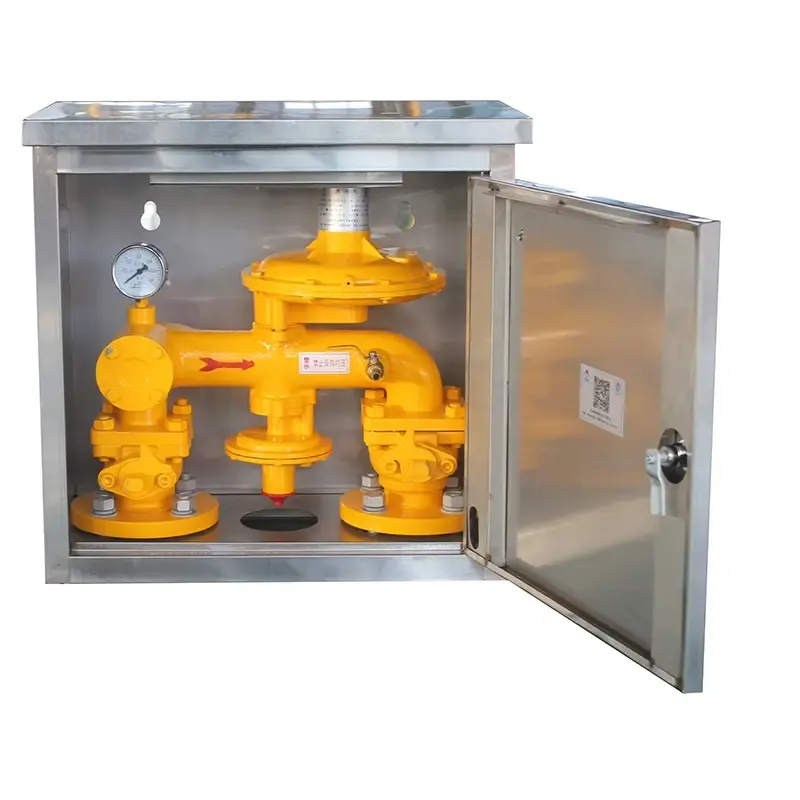
Dec . 10, 2024 23:16
Back to list
Design and Efficiency of Cyclone Separator Systems in Industrial Applications
Cyclone Separator An Efficient Solution for Particulate Removal
A cyclone separator, often referred to simply as a cyclone, is a widely used device designed to separate particulates from air, gas, or liquid streams. It operates on the principle of centrifugal force, making it particularly effective for separating larger and denser particles from the carrier fluid. This technology is prevalent in various industries, including agriculture, pharmaceuticals, food processing, and many manufacturing sectors, due to its efficiency and cost-effectiveness.
Principle of Operation
The working mechanism of a cyclone separator is relatively straightforward. The process begins when the gas or liquid stream enters the cyclone at an angle, typically through an inlet duct. This inlet design causes the flow to spin, creating a vortex within the separator. As the stream spirals downwards, the centrifugal force acts on the particles, pushing them towards the outer wall of the cyclone. The denser particulates then descend due to gravity, collecting at the bottom of the cyclone, while the cleaner air or fluid rises along the center and exits through the outlet.
One of the main advantages of a cyclone separator is its ability to handle high volumes of materials without the need for moving parts, making it robust and low maintenance. Most designs are constructed from durable materials, enabling them to withstand abrasive particles and high temperatures, thus ensuring longevity and reliability.
Applications
Cyclone separators find applications in a range of industries. In the agricultural sector, they are often utilized for the collection of dust and particulate matter during the processing of grains and seeds. In the pharmaceutical industry, cyclones are employed to ensure that production environments meet stringent cleanliness standards by removing airborne particles.
In manufacturing, they serve to capture dust and other pollutants from air streams, contributing to cleaner working conditions and compliance with environmental regulations. Cyclone separators are also crucial in industries like mining, where they can help recover valuable materials from waste streams or control emissions.
cyclone separator

Advantages
One of the key benefits of using a cyclone separator is its efficiency in separating larger particles. It typically achieves separation efficiencies of 90% or more for particles larger than 10 micrometers. Additionally, cyclone separators are inherently simple in design, which leads to lower capital and operational costs compared to other types of filtration systems such as bag filters or electrostatic precipitators.
Another significant advantage is their ability to operate across a wide range of flow rates and particulate sizes. They can be tailored to specific industrial processes, ensuring optimized performance under varying operational conditions.
Limitations
Despite their many advantages, cyclone separators do have some limitations. They are less effective at capturing fine particles, particularly those smaller than 5 micrometers. In addition, the efficiency of a cyclone can be affected by changes in flow rate and particle size distribution. Therefore, while they are an excellent first step in particulate control, they are often used in conjunction with other filtration technologies for comprehensive dust and pollutant management.
Conclusion
In conclusion, cyclone separators are an efficient and cost-effective solution for removing particulates from gas and liquid streams. Their simple design, low maintenance needs, and high efficiency make them indispensable in various industrial applications. As industries strive for cleaner processes and stricter environmental standards, the role of cyclone separators in promoting air and liquid quality will continue to grow. By harnessing the principles of centrifugal force, these devices not only enhance product quality but also contribute to safer and more sustainable working environments.
Latest news
-
Safety Valve Spring-Loaded Design Overpressure ProtectionNewsJul.25,2025
-
Precision Voltage Regulator AC5 Accuracy Grade PerformanceNewsJul.25,2025
-
Natural Gas Pressure Regulating Skid Industrial Pipeline ApplicationsNewsJul.25,2025
-
Natural Gas Filter Stainless Steel Mesh Element DesignNewsJul.25,2025
-
Gas Pressure Regulator Valve Direct-Acting Spring-Loaded DesignNewsJul.25,2025
-
Decompression Equipment Multi-Stage Heat Exchange System DesignNewsJul.25,2025

